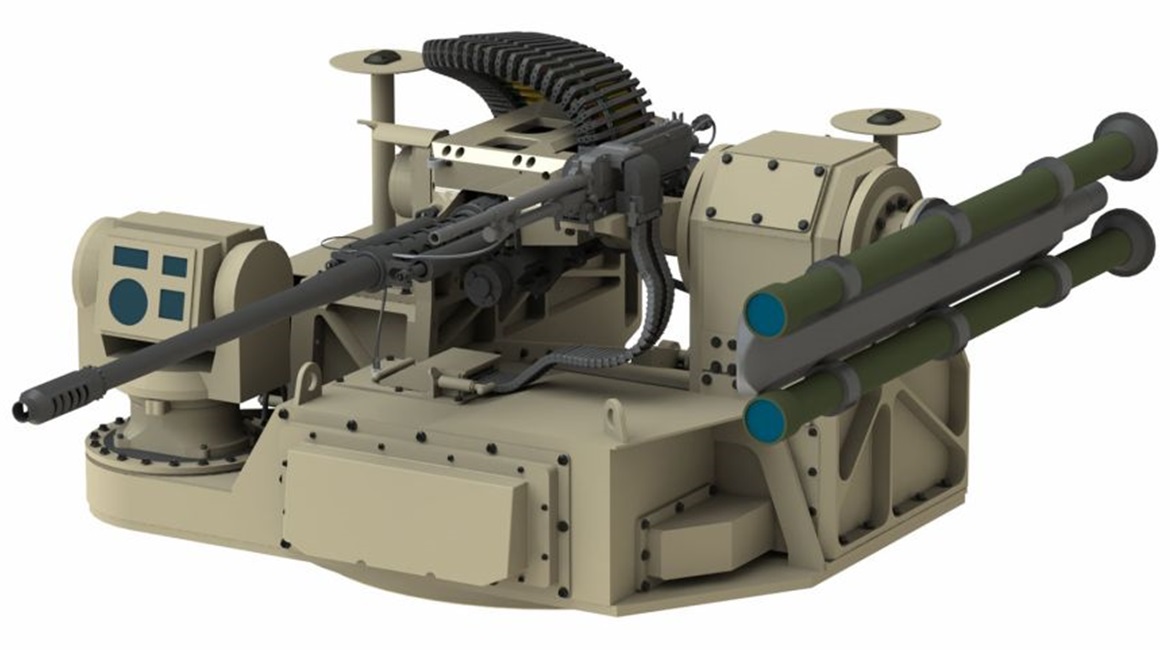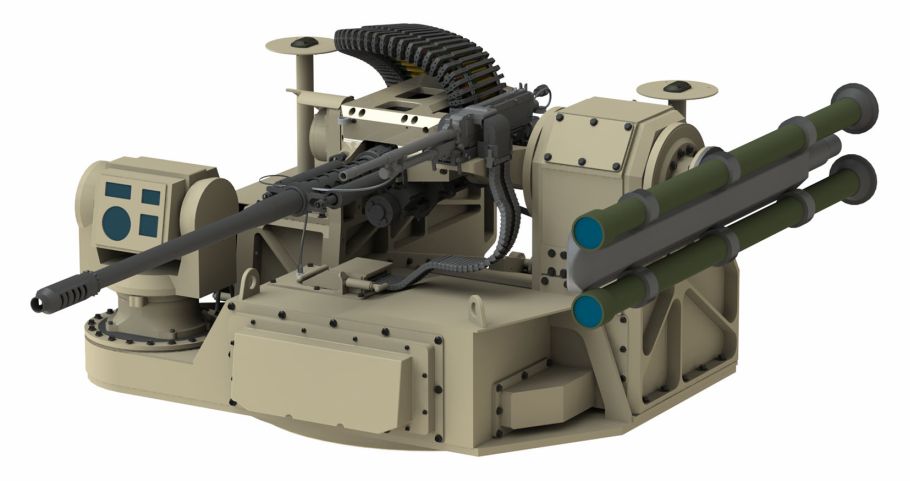
Moog is planning to submit a lighter version of its Reconfigurable Integrated-weapons Platform (RIwP) to the US Marine Corp after its initial offering was deemed too heavy for the Joint Light Tactical Vehicle (JLTV).
Tony Peck, Moog’s director for defence control systems, spoke with Janes on 11 June about the RIwP and the company’s bid to secure the Marine Air Defense Integrated System [MADIS] Increment 1 contract.
”We’re happy to make it lighter,” Peck explained. “In our recent white paper submittal for the Increment 1 competition we detailed various ways of how to take upwards of 600 lb out of out of the system as it exists today.”
Born, in part, out of the US Army’s Mobile Low, Slow Unmanned Aerial Vehicle Integrated Defense Systems (MLIDS) joint urgent operational needs statement effort that outfitted mine-resistant, ambush-protected all-terrain vehicles (M-ATVs) with a RIwP configuration, the USMC sought to use a similar configuration on a JLTV, Peck explained. The service even acquired several RIwP prototypes and awarded the company with a long-lead materials contract, he added.
However, since M-ATVs and JLTVs have different roof and overall load carrying capacities, his understanding is there needs to be an approximate 400 lb weight reduction to the RIwP configuration for MADIS.
The company is proposing a host of potential changes including a lighter weight sight, swapping out the Raytheon Stinger Vehicle Universal Missile (SVUL) launcher that holds four surface-to-air missiles for one that hold two missiles and structural armor modifications.
On the sight front, for example, the government supplied one that is a derivate of the Bradley Fighting Vehicle sighting system, which Peck called “very capable and very expensive”.

Looking to read the full article?
Gain unlimited access to Janes news and more...


